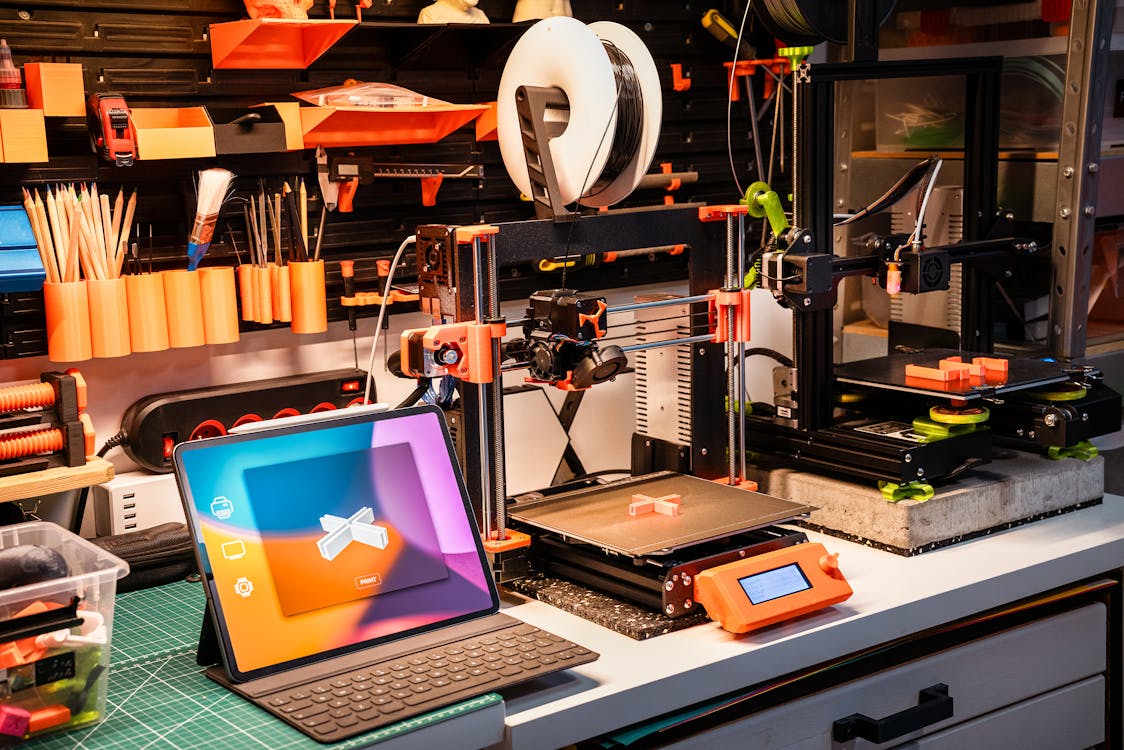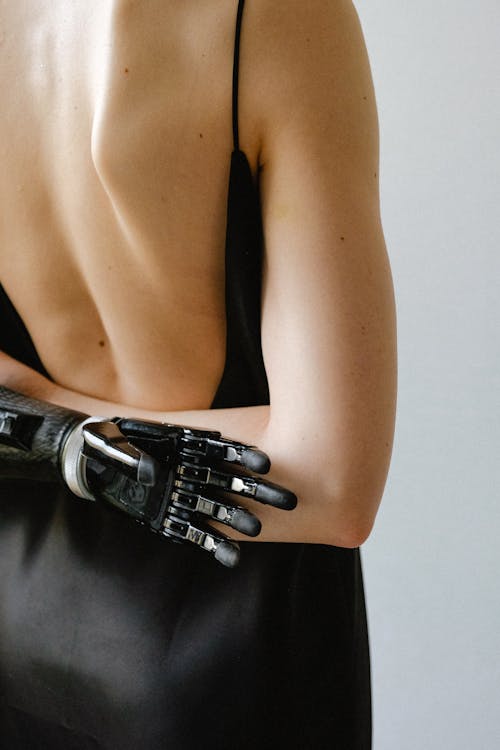Introduction
Bionic arms represent a fusion of biomechanics and robotics, offering enhanced mobility for amputees. Traditional prosthetics are costly and lack customization, but 3D printing disrupts this paradigm. The DEXHAND project exemplifies this shift, leveraging open-source principles to create affordable, functional solutions.

History of DEXHAND
Development Milestones:
- Origins: DEXHAND emerged from collaborative efforts in academia and open-source communities. The "DEX Hand" (Ten Kate et al., 2017) pioneered by researchers at the University of Washington, emphasized modularity and cost-efficiency.
- Community Integration: Platforms like the Open Hand Project and e-NABLE enabled global collaboration, refining designs iteratively (Zuniga et al., 2015).
- Testing: Validated in clinical studies, DEXHAND demonstrated functionality comparable to commercial models at a fraction of the cost (Yap et al., 2016).

Key Innovations of DEXHAND
Design and Customization
- Modular Architecture: Allows component swaps for tailored fit (Ten Kate et al., 2017).
- Lightweight Materials: PLA and ABS plastics reduce weight, enhancing user comfort (Yap et al., 2016).
Cost-Effectiveness
- Open-Source Models: Freely available designs eliminate licensing fees, cutting production costs to <$500 vs. $10,000–$50,000 for commercial arms (Open Bionics, 2018).
- Rapid Prototyping: 3D printing slashes production time from weeks to days (Zuniga et al., 2015).
Functional Performance
- Myoelectric Controls: Integrates sensors for intuitive movement (Roche et al., 2014).
- Sensory Feedback: Experimental models incorporate haptic feedback, improving usability (Antfolk et al., 2013).

Accelerating R&D Through 3D Printing
Standardized Components
- Backbone Structures: Reusable mechanical parts (e.g., joints, grippers) form a universal "chassis," reducing redundant design work (Open Hand Project, 2016).
- Collaborative Platforms: GitHub and Thingiverse host shared libraries, enabling global contributions (e-NABLE, 2020).
Sustainability
- Material Efficiency: Additive manufacturing minimizes waste by 30–60% compared to subtractive methods (Ford & Despeisse, 2016).
- Energy Savings: Localized production cuts transportation emissions (Gebler et al., 2014).

Challenges and Solutions
Material Durability
- Issue: PLA degrades under stress, limiting lifespan (Cruz Sanchez et al., 2017).
- Solution: Carbon fiber-reinforced composites enhance strength (Ning et al., 2015).
Functional Limitations
- Issue: Limited grip strength compared to hydraulic systems (Polygerinos et al., 2015).
- Solution: Hybrid designs combining 3D printing with metal components (Vasudevan et al., 2021).
Technical Accessibility
- Issue: Requires CAD/3D printing expertise for customization.
- Solution: AI-driven design tools automate customization (Chen et al., 2020).

Conclusion
DEXHAND illustrates the potential of 3D printing to democratize prosthetics. While material and technical challenges persist, collaborative innovation and advances in composite materials promise to overcome these barriers. By building on open-source frameworks, the future of bionic arms lies in equitable, user-centric solutions.

References
- Ten Kate, J., et al. (2017). The DEX Hand: A Low-Cost Robotic Hand. IEEE Robotics.
- Zuniga, J., et al. (2015). 3D Printed Prosthetic Hands for Children. JMIR.
- Yap, Y., et al. (2016). 3D Printing for Functional Prosthetics. Materials & Design.
- Open Bionics. (2018). Cost-Effective Bionic Solutions. Frontiers in Robotics.
- Ning, F., et al. (2015). Carbon Fiber Composites in Additive Manufacturing. Composites Part B.
- Chen, Y., et al. (2020). AI-Driven Customization Tools. Nature Machine Intelligence.